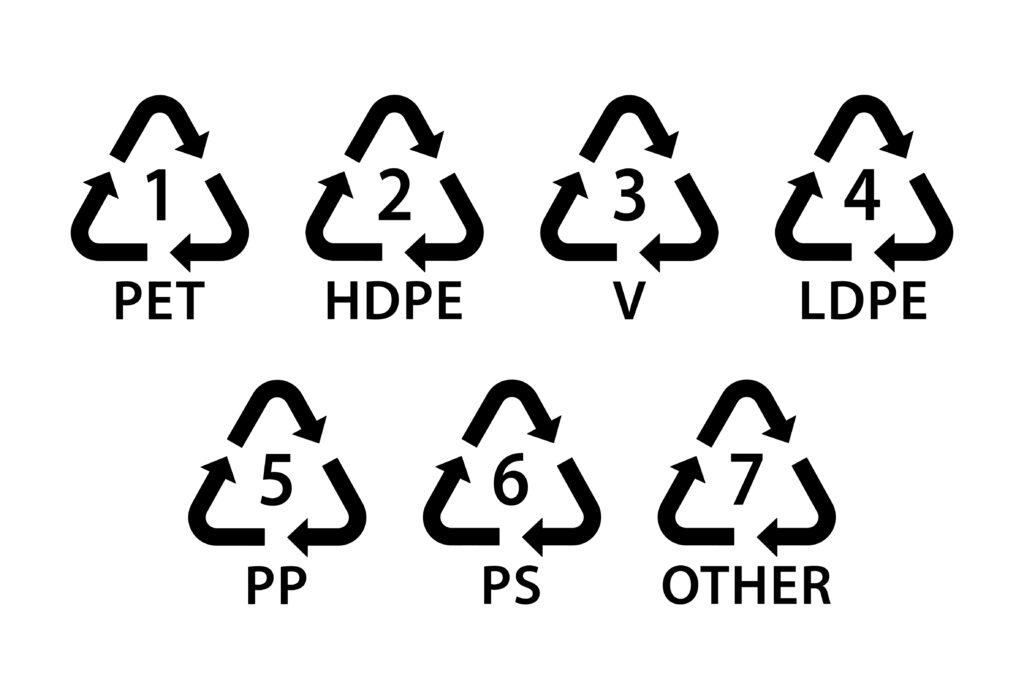The easiest place to start is with the Plastic Identification Code system.
The easiest place to start is with the Plastic Identification Code system.
‘Can this be recycled?’ is a question many of us have asked ourselves before putting something in the bin. Cleanaway’s recent Recycling Behaviors Report revealed many of us are stumped when it comes to proper waste disposal practices, with more than a quarter of us say we find recycling confusing, and 2 in 5 say clearer product labeling would help them to recycle more.
Understanding the codes
The easiest place to start is with the Plastic Identification Code system. Represented by a triangular symbol with a number inside, this code categorises plastics based on their chemical composition. Shockingly, our recent data revealed around 80 percent of people mistakenly identify this code as a recycling symbol.
These codes indicate the type of plastic used, aiding in sorting and recycling processes, as opposed to telling us it can be recycled. While Codes 1 and 2 are universally accepted in general recycling bins, the acceptance of other symbols varies depending on local councils. For example, Code 4 (LDPE or Low-Density Polyethylene) indicates a soft plastic and is not accepted in kerbside recycling.

Read the fine print
When disposing of items, it’s crucial to not only recognise these symbols but to also read any accompanying text on packaging.
Certain materials, like aluminum cans, steel tins, rigid plastics, paper, cardboard, and glass that have held food or drink, are universally accepted in recycling bins. However, it’s important to never assume. Just because something is made from recycled material doesn’t guarantee it can be recycled again.
Consult your local council
If you’re unsure about recycling symbols or instructions, consult your local council for guidance. Their websites offer comprehensive information on recycling protocols, including accepted materials in your area.
Quick tips for recycling right
• Check for the recycling symbol: Look for the universal recycling symbol on packaging.
• Read labels: Packaging often provides instructions on how to dispose of different components.
• Know your plastics: Remember, only certain plastics (like Codes 1 and 2) are widely accepted.
• When in doubt, check: If you’re uncertain, your local council’s website can be a valuable resource.
By following these simple principles, you can make more informed choices that contribute to a healthier environment and a more sustainable future.
Cleanaway’s Recycling Behaviours Report
For the fourth year running, Cleanaway and the Clean Energy Finance Corporation (CEFC) have conducted research into Australians’ recycling behaviours. These valuable insights on everyday recycling challenges help shape Cleanaway’s priorities when empowering Australians in their recycling decisions.
Since 2017, the CEFC has been working with Cleanaway to support waste education efforts, such as the Recycling Behaviours Report. Through this investment, Cleanaway and the CEFC aim to reduce waste going to landfill and create a sustainable future for Australians.